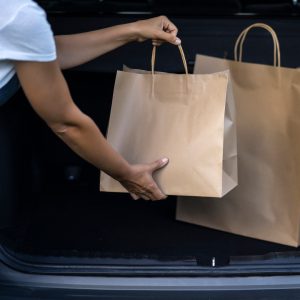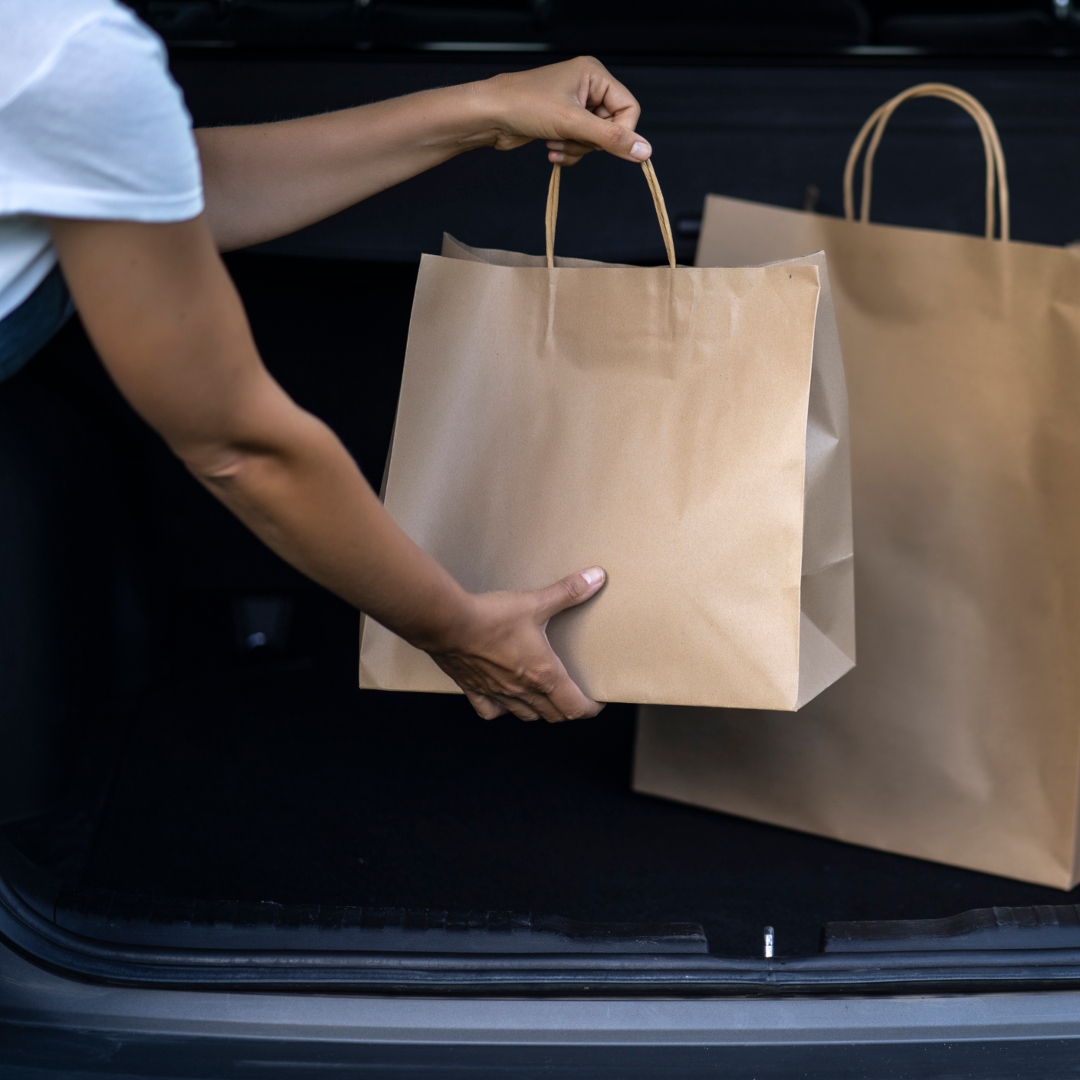There is No Cookie Cutter for Convenience

Over the last year and a half, we have witnessed brands and retailers take differing stances on how to stay ahead of the competition. Some, like Neiman Marcus, have put significant investment into developing and refining eCommerce capabilities. Others, like Warby Parker, have their eyes set on expanding their physical footprint. We can thank rapidly changing and widely varied consumer preferences for these exciting developments in the retail sector. If I may repurpose a colloquial phrase to describe the fluid retail landscape: “Convenience is king.” In fact, 97% of consumers have backed out of a purchase due to inconvenience.
Key strategies used to increase convenience in the shopping experience have become mainstream. According to Harvard Business Review, the percentage of retailers offering curbside pickup increased from 4% to 44% between 2019 and the summer of 2020. Even prior to the pandemic, 89% of retailers had accepted Apple Pay or planned to do so in the next 2 years (63% for PayPal), and 51% of retailers worldwide offered free returns. These changes are all due to consumers’ strong desire for convenience. As these tactics become commonplace, though, consumers begin to expect them across the board. Thus, retailers and brands must find ways to continually differentiate their shopping experience and further improve convenience. Even Amazon has had to continually add more value to their Prime program as competitors launch memberships with similar benefits.
Some have already introduced changes to their shopping experience. L’Oreal partnered with Google at the end of 2020 to provide digital makeup try-on capabilities with the help of augmented reality. Similarly, American Eagle partnered with Snapchat to allow customers to try on jeans digitally. Both developments eliminate bottlenecks in the typical purchase journey by allowing customers to sample products on demand and from any location. More recently, Eddie Bauer joined the ranks of REI and Patagonia by offering a rental program for outdoor equipment and apparel. Customers receive the equipment via FedEx (along with pre-paid return labels) and can return equipment to FedEx locations. Not only does this program provide accessibility to those on lower budgets, but it increases convenience by saving customers from having to store rarely-used equipment and allowing for a simple return process. Finally, Sam’s Club made waves with their latest scan and ship development that allows customers to complete a single transaction, leave the store with products that will fit in their car, and simultaneously ship larger items to their home. In other words, no more returning to the store for a second trip with a rented pickup truck.
Consumer preferences change constantly with the introduction of new technologies and the widescale adoption of convenience tactics across the retail sector. It is vital that retailers and brands fully understand the preferences of their target segments. They must answer the question of how customers want to purchase their products. As can be seen from the examples above, there is no one way to go about it. However, those who focus on building and leveraging first-party data to understand the desires of their customers will ultimately win in the end. Yes, it all comes back to the data. After all, how can we learn specifically what consumers want if we do not ask?
For more information contact us.


